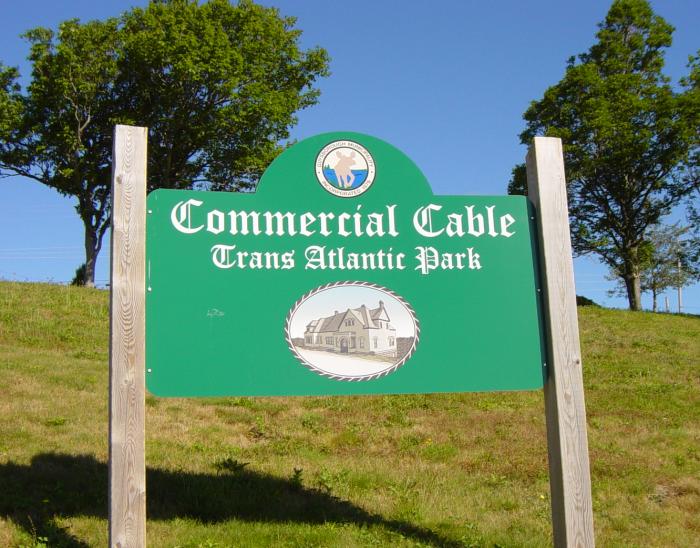
Photographed on 18 August 2005
Located on the north side of Highway 16 in Hazel Hill,
adjacent to the old Commercial Cable Building
GPS location: 45°19'38"N 61°01'42"W

Photographed on 18 August 2005
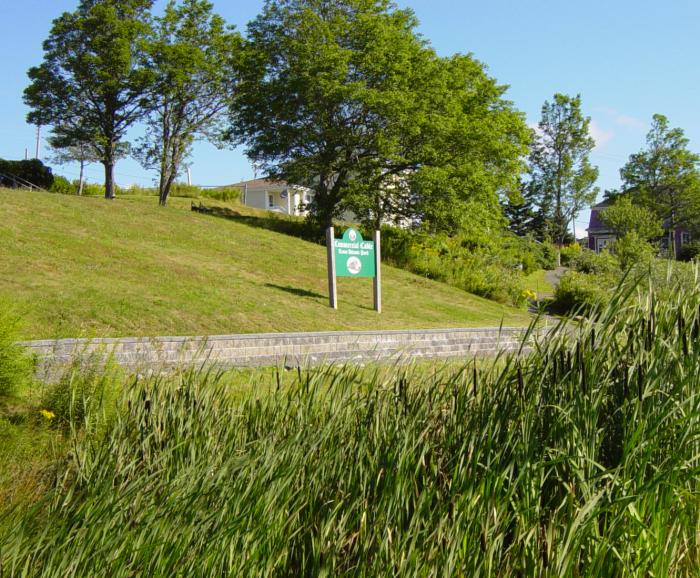
Photographed on 18 August 2005
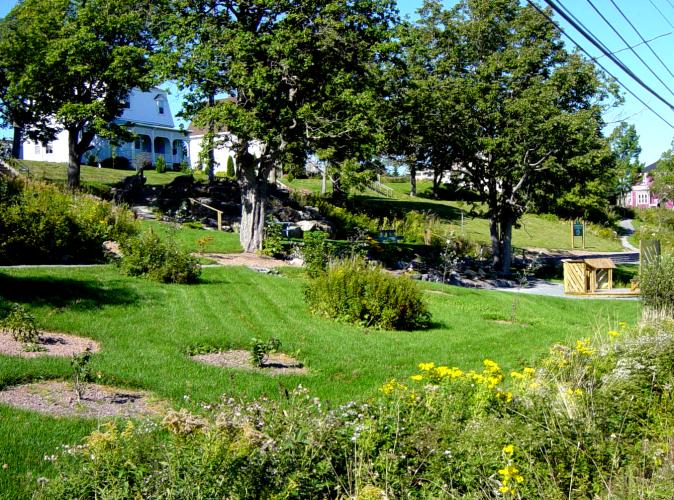
Photographed on 18 September 2003
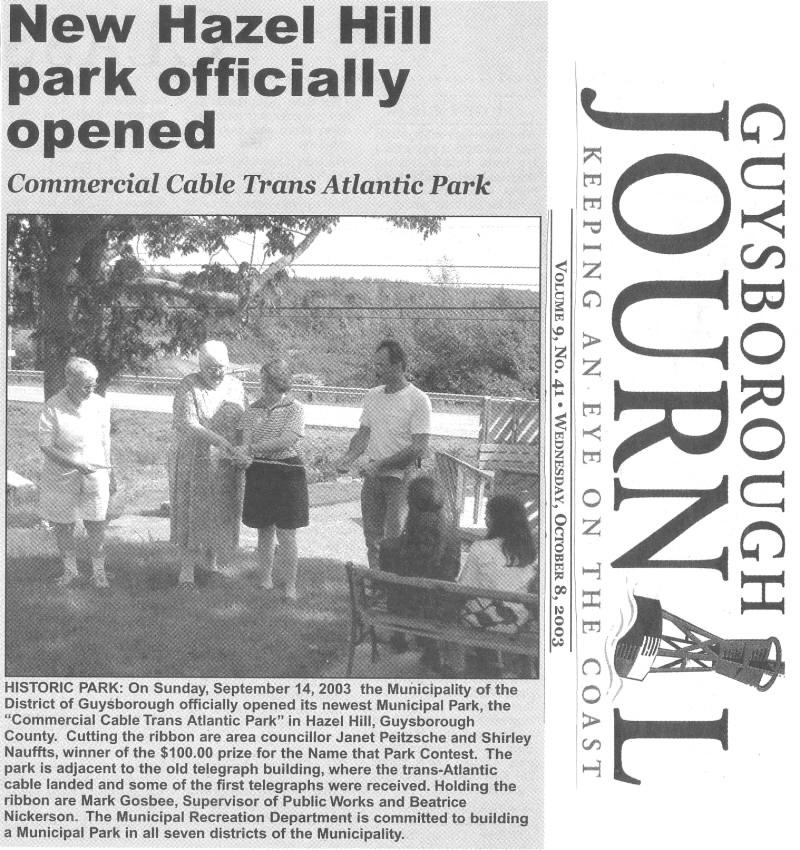
In the clipping (above), ..."telegraphs" were received...
should read "telegraph messages" were received,
or "telegrams" or "cablegrams" were received.

Photographed on 30 July 2005

Photographed on 30 July 2005
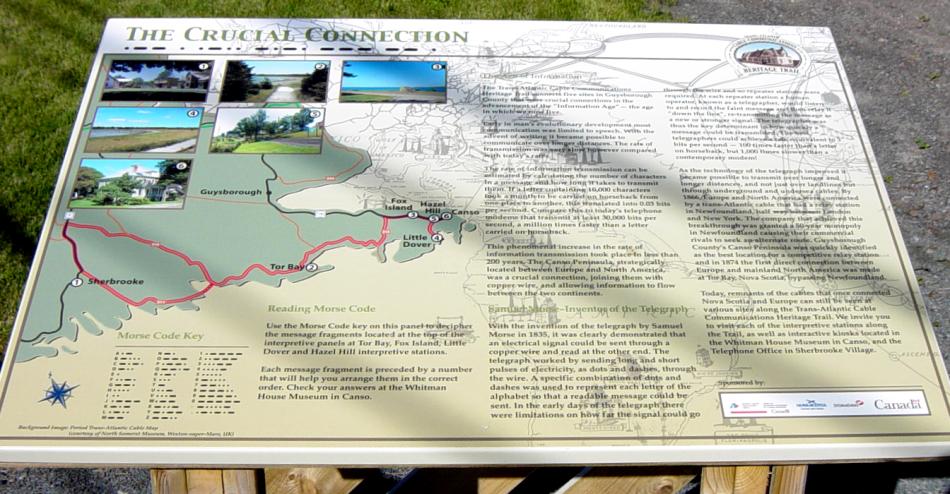
Photographed on 18 August 2005
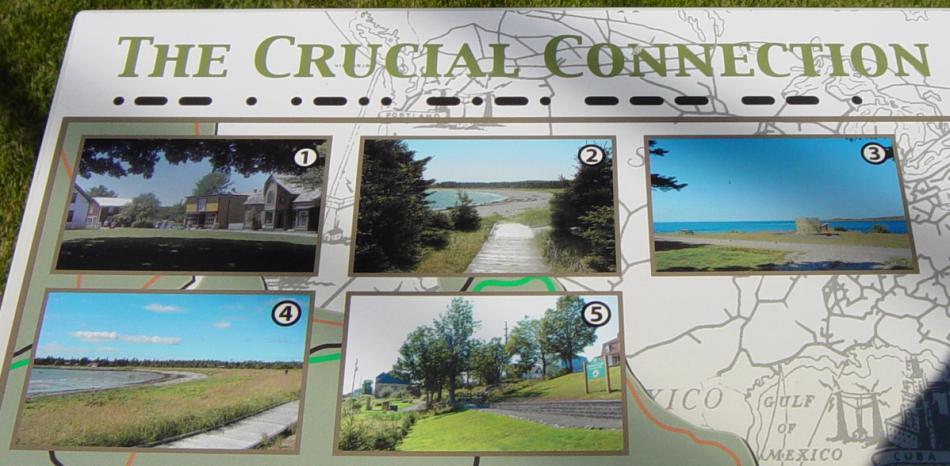
Photographed on 18 August 2005
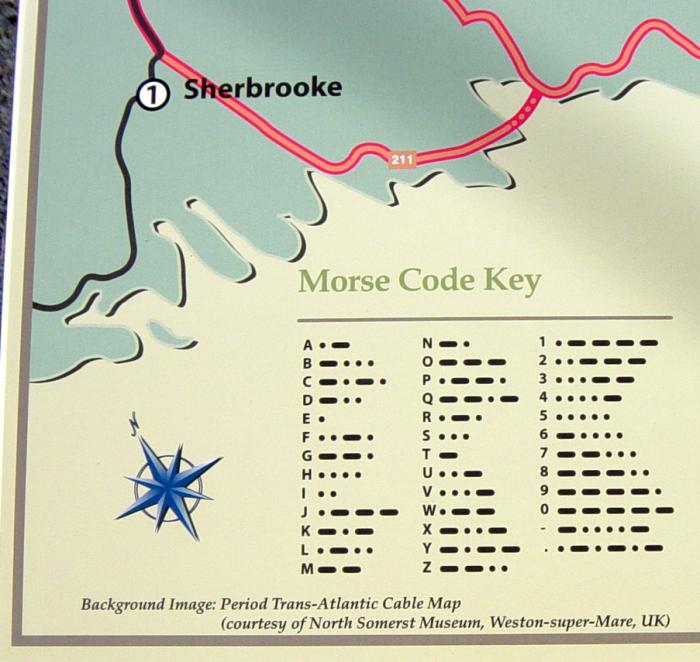
Photographed on 18 August 2005
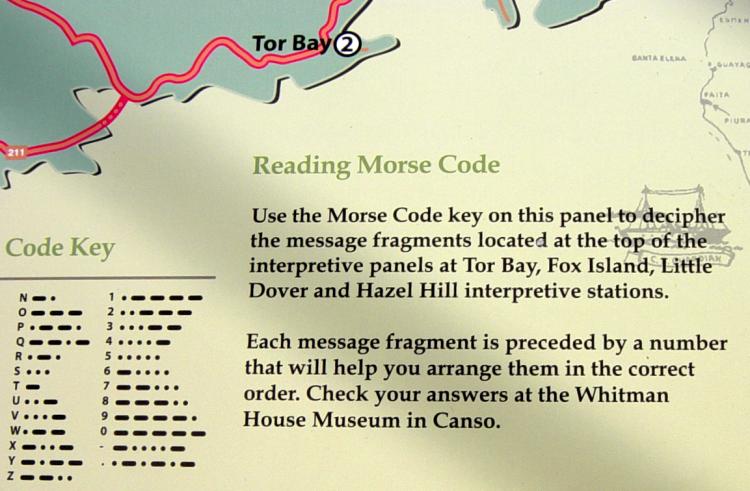
Photographed on 18 August 2005
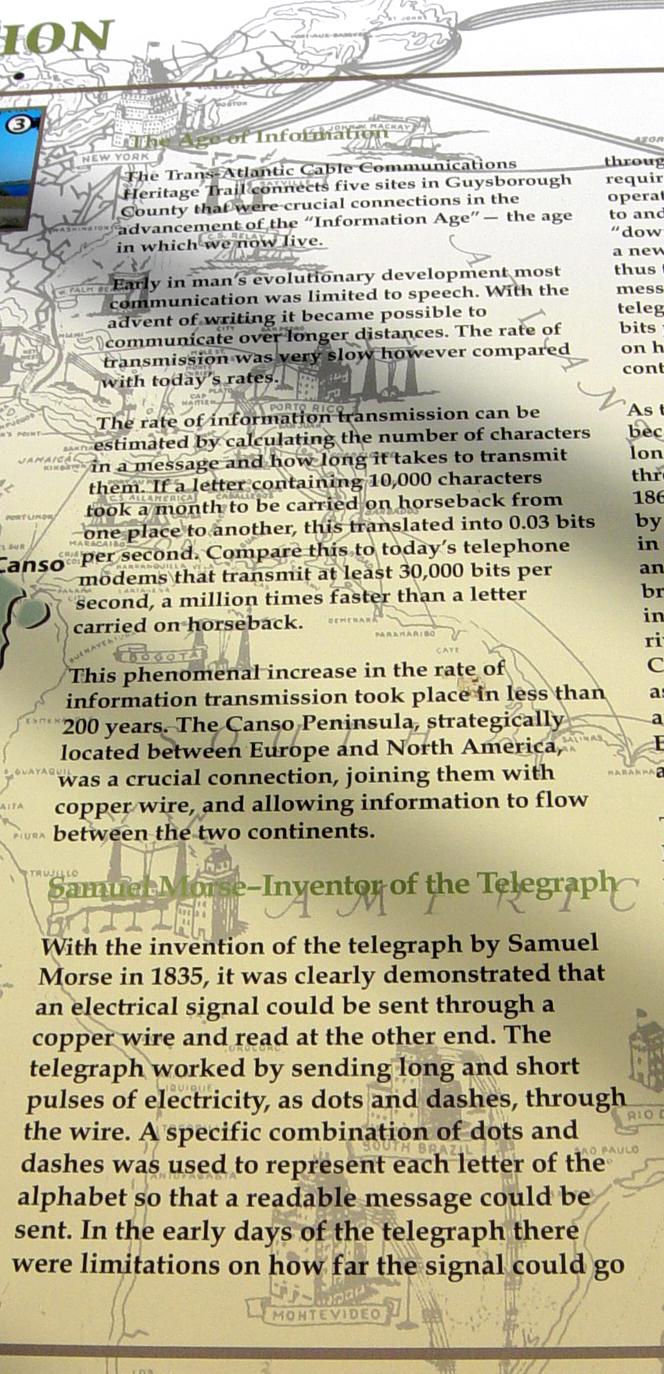
Photographed on 18 August 2005
Mistakes in this
|
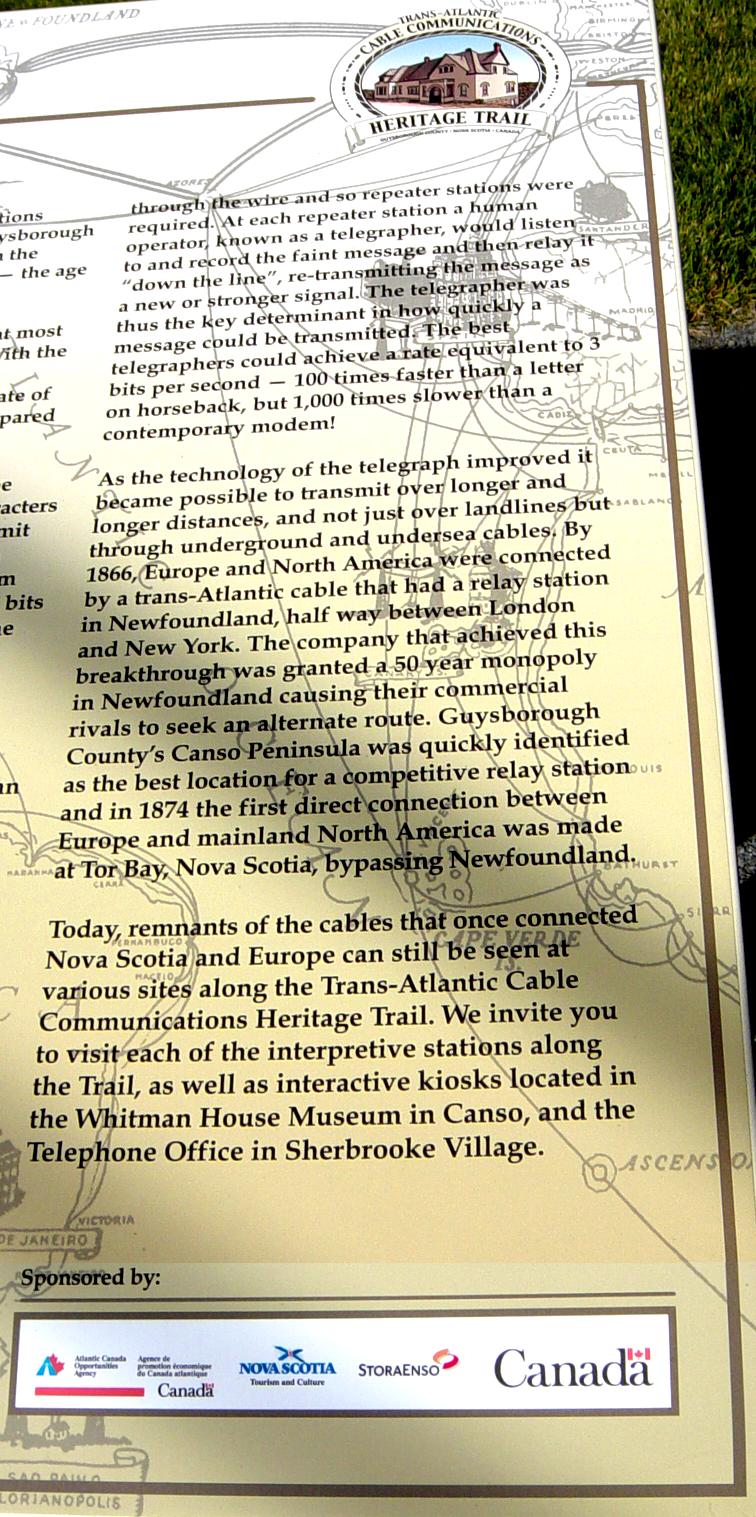
Photographed on 18 August 2005
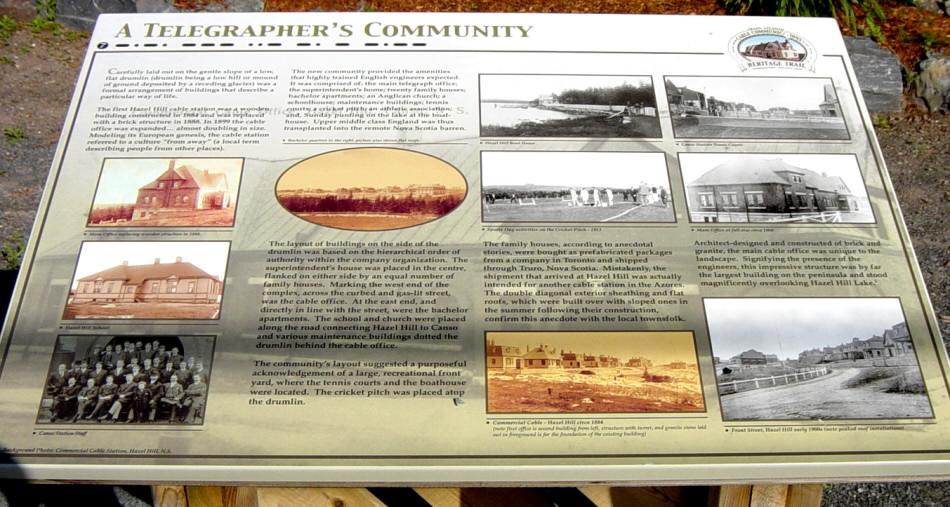
Photographed on 18 August 2005
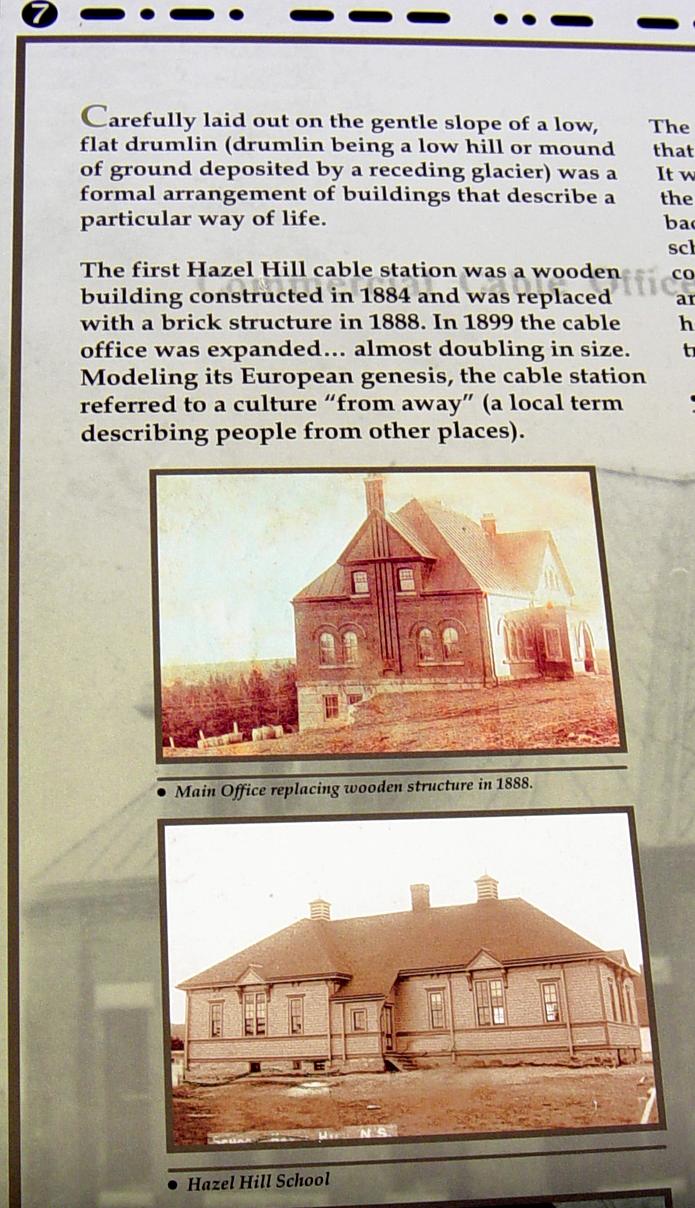
Photographed on 18 August 2005

Photographed on 30 July 2005
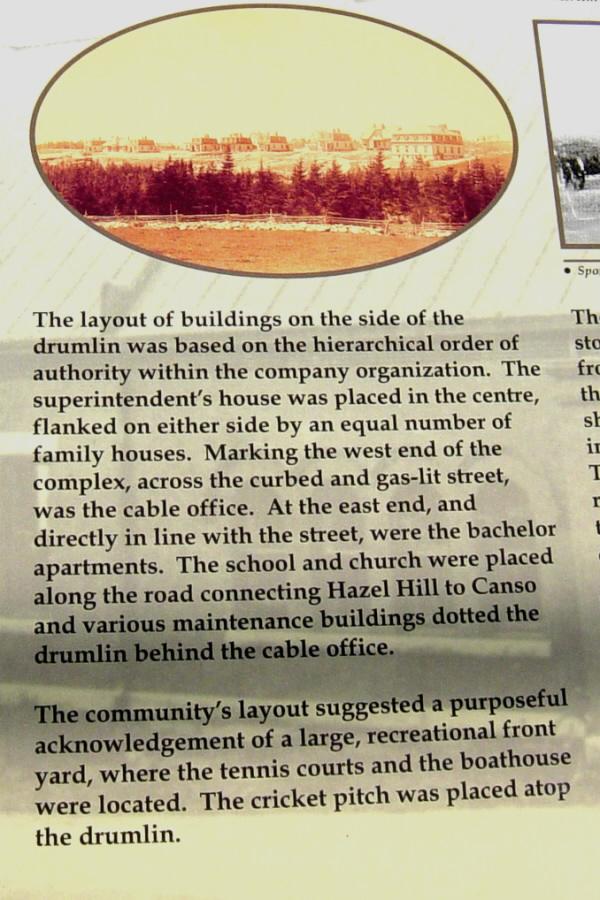
Photographed on 18 August 2005
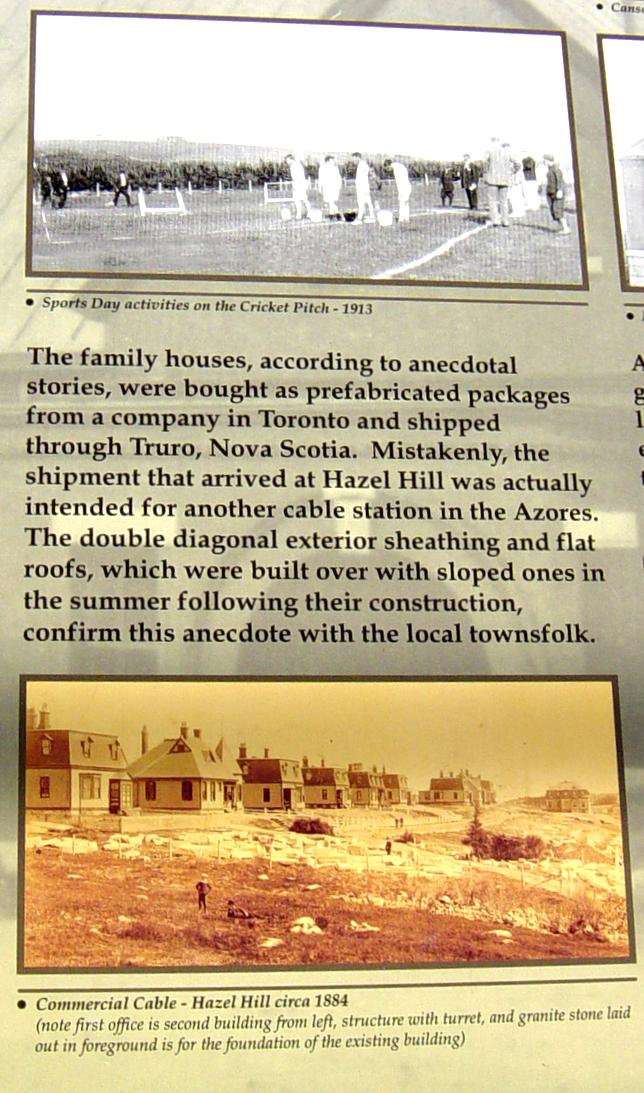
Photographed on 18 August 2005
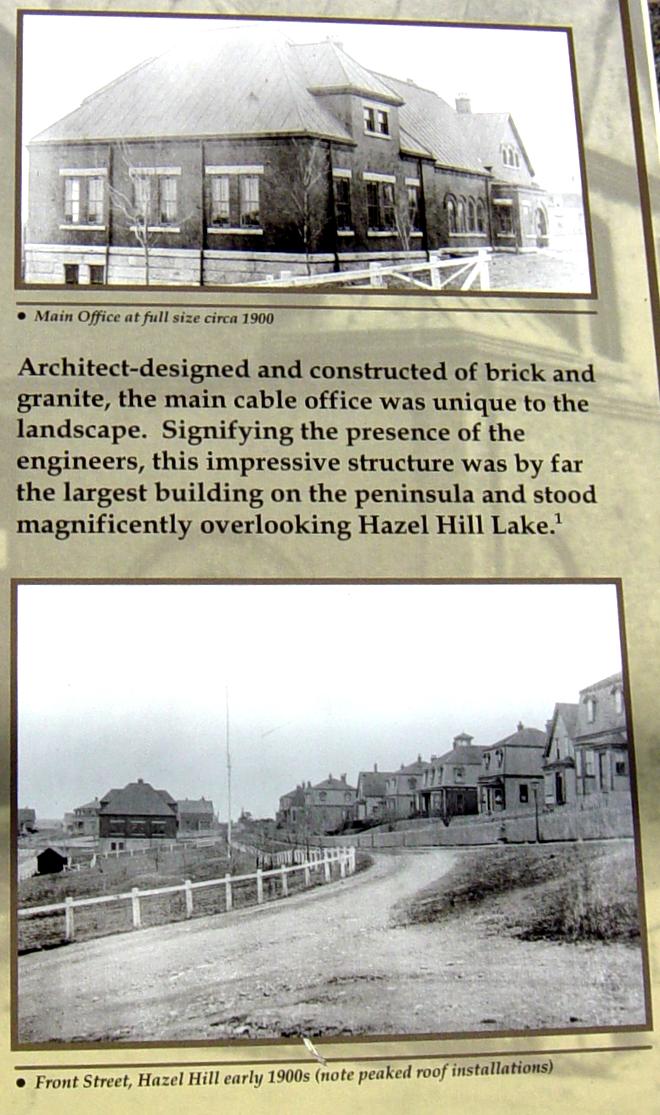
Photographed on 18 August 2005
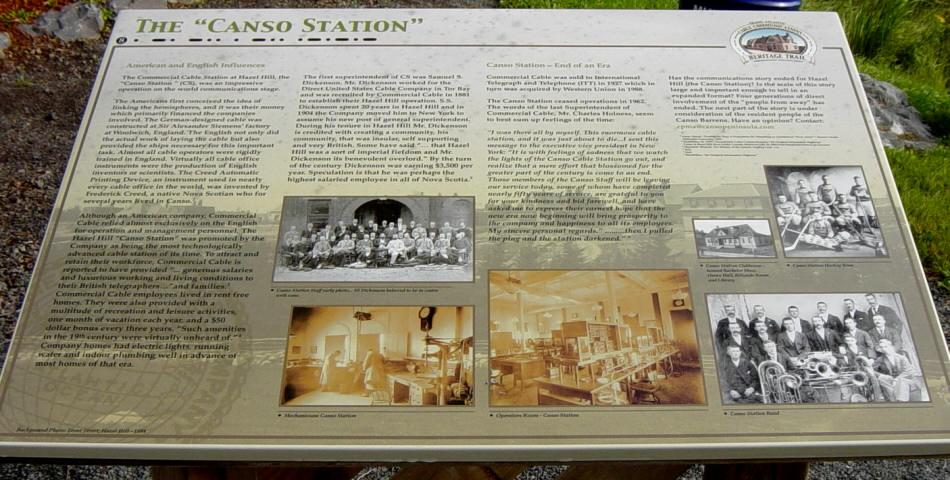
Photographed on 16 August 2005
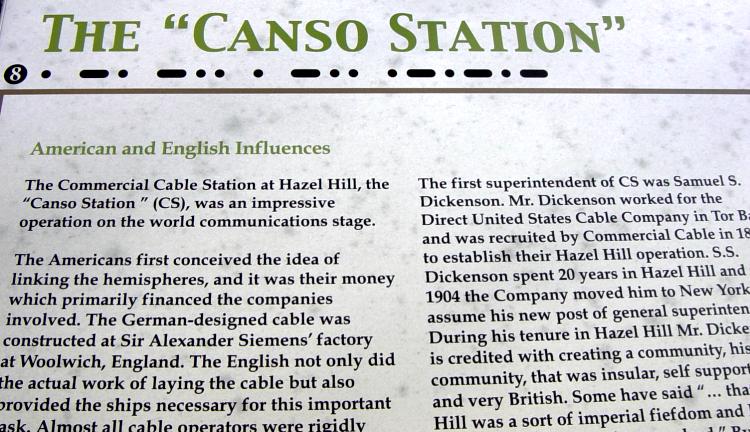
Photographed on 16 August 2005
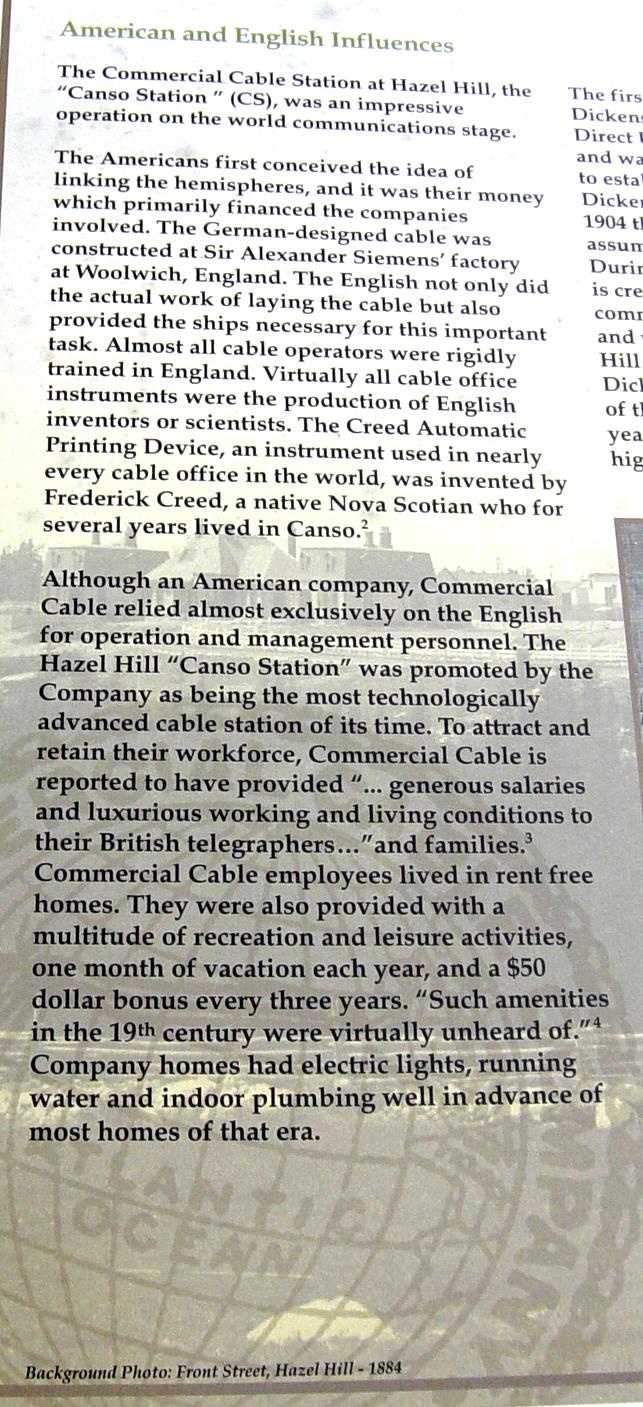
Photographed on 16 August 2005
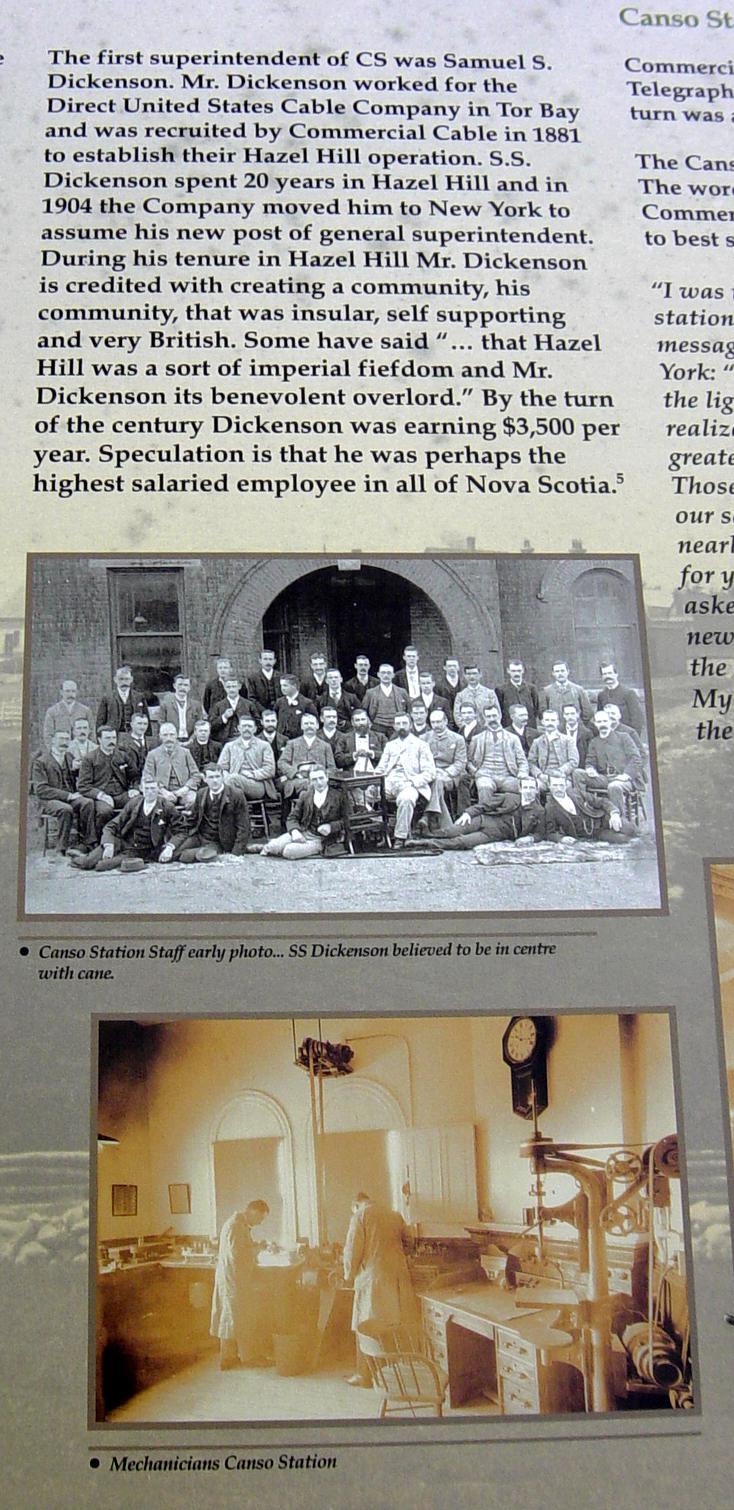
"Technician": A person whose occupation involves training in a specific
technical process; an expert in troubleshooting system malfunctions.
A person skilled in the methods and techniques of a specific technology.
Along with a thorough knowledge of test equipment and how to use it
to diagnose problems, the technician is also familiar with
how to repair or replace faulty components.
Photographed on 16 August 2005
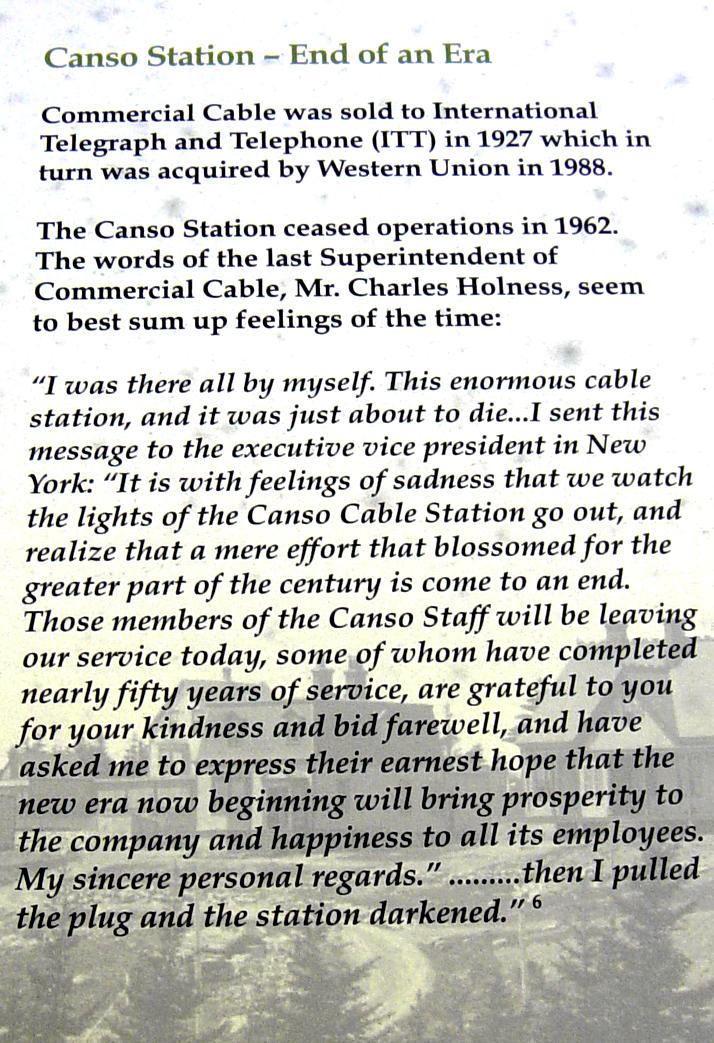
Photographed on 16 August 2005
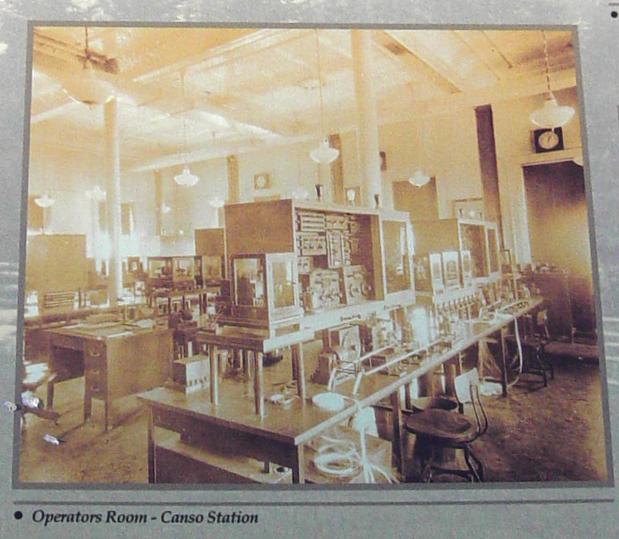
Photographed on 30 July 2005
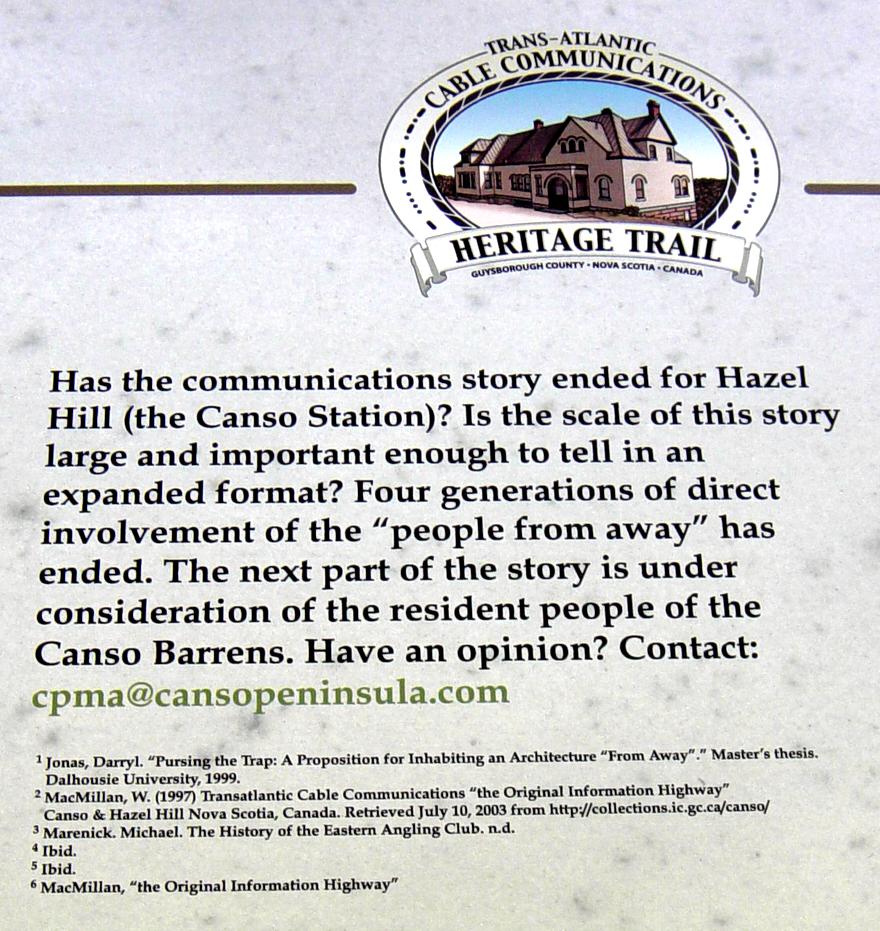
Photographed on 16 August 2005
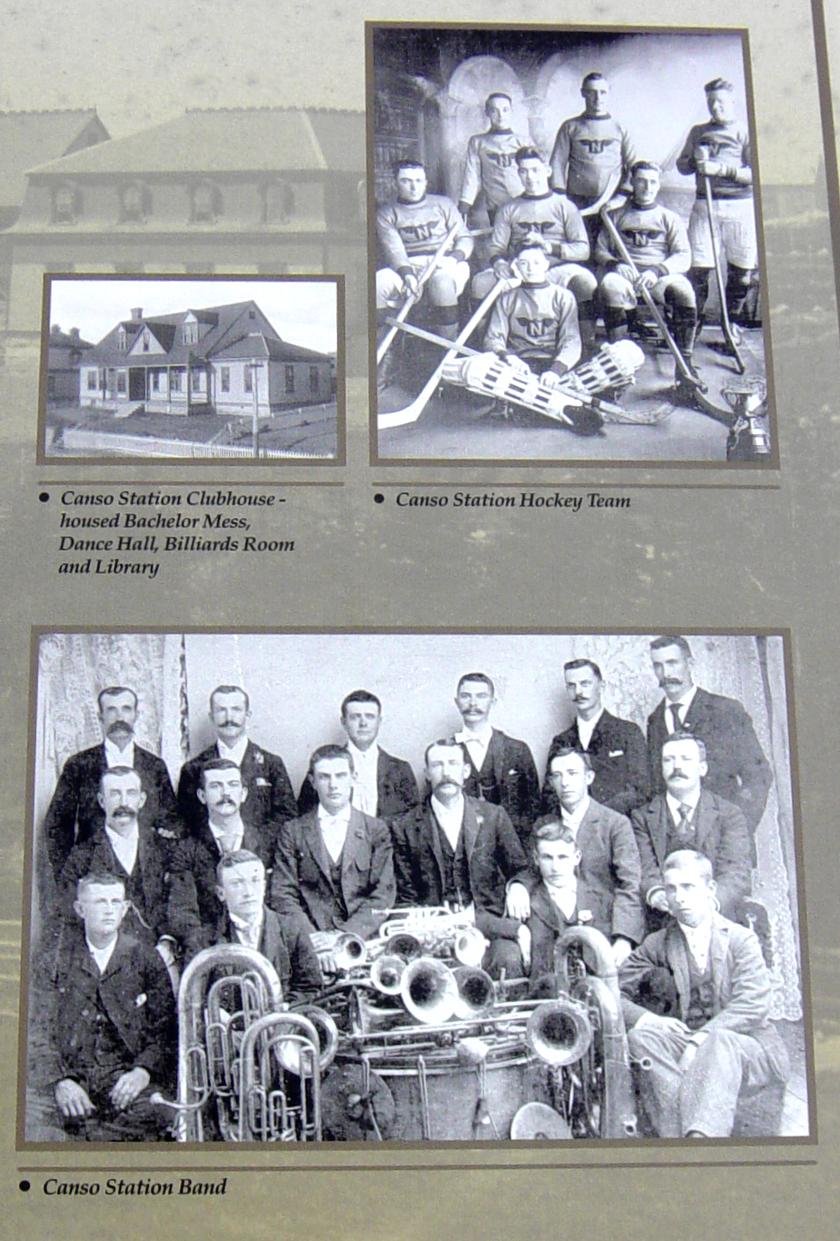
Photographed on 16 August 2005
Links to Relevant Websites
|
|
The Wayback Machine has archived copies of:
|
Joseph Henry: Inventor of the Telegraph? By David Hochfelder
Smithsonian Institutional History Division
http://www.si.edu/archives/ihd/jhp/joseph20.htm
Telegraph History: Western Union Telegraph Company Records 1820-1995
http://invention.smithsonian.org/resources/fa_wu_index.aspx
Morse Code by Wikipedia
http://en.wikipedia.org/wiki/Morse_code
History of Morse Code
http://encyclopedia.laborlawtalk.com/Morse_code
International Morse Code by the Canadian Navy
http://www.navy.forces.gc.ca/mspa_youth/youth_sc_morse1_e.asp
The Science of Morse Code Industry Canada
http://collections.ic.gc.ca/cable/scimorse.htm
International Morse Code
http://ww2.isys.ca/lberta/mrsecode.html
Telegraphy by Wikipedia
http://en.wikipedia.org/wiki/Telegraphy
Telegraphic Codes and Message Practice, 1870-1945
website by John McVey
http://www.jmcvey.net/cable/ex/index.htm
History of the Commercial Cable Company
http://www.cial.org.uk/
The White Family Archive
George White, the last General Manager of Commercial Cable Company
in the UK, had his 100th birthday in November 2004.
http://www.cial.org.uk/white/index.htm
History of the Commercial Cable Company
http://epe.lac-bac.gc.ca/100/205/300/nova_scotias_electronic_attic/07-04-09/www.littletechshoppe.com/ns1625/telegraph02.html#commcabstart
Maps showing Transatlantic Telegraph Cable Routes
These are excellent maps but the online version does not work
in many browsers, such as Firefox, Safari and Opera.
They do work in IE5. Netscape maybe.
http://www.cial.org.uk/wsm/maps.htm
Pacific Postal Telegraph Cable Company
The history of the Pacific Postal Telegraph Cable Company is simple.
When Mr. John W. Mackay, the famous Bonanza millionaire,
and Mr. James Gordon Bennett, of the New York Herald, associated
themselves together for the purpose of building the "Commercial" cable
across the Atlantic, they readily recognized the fact that the
"Field" cable was operated in conjunction with the Western Union lines,
and that a rival cable must be fed by friendly inland lines...
— San Francisco News Letter and California Advertiser
19 February 1887
http://www.sfmuseum.org/hist11/pacificpostal.html
Commercial Cable Rehabilitation Society
incorporated 22 March 2005 in Nova Scotia
http://www.ccrsociety.ca/